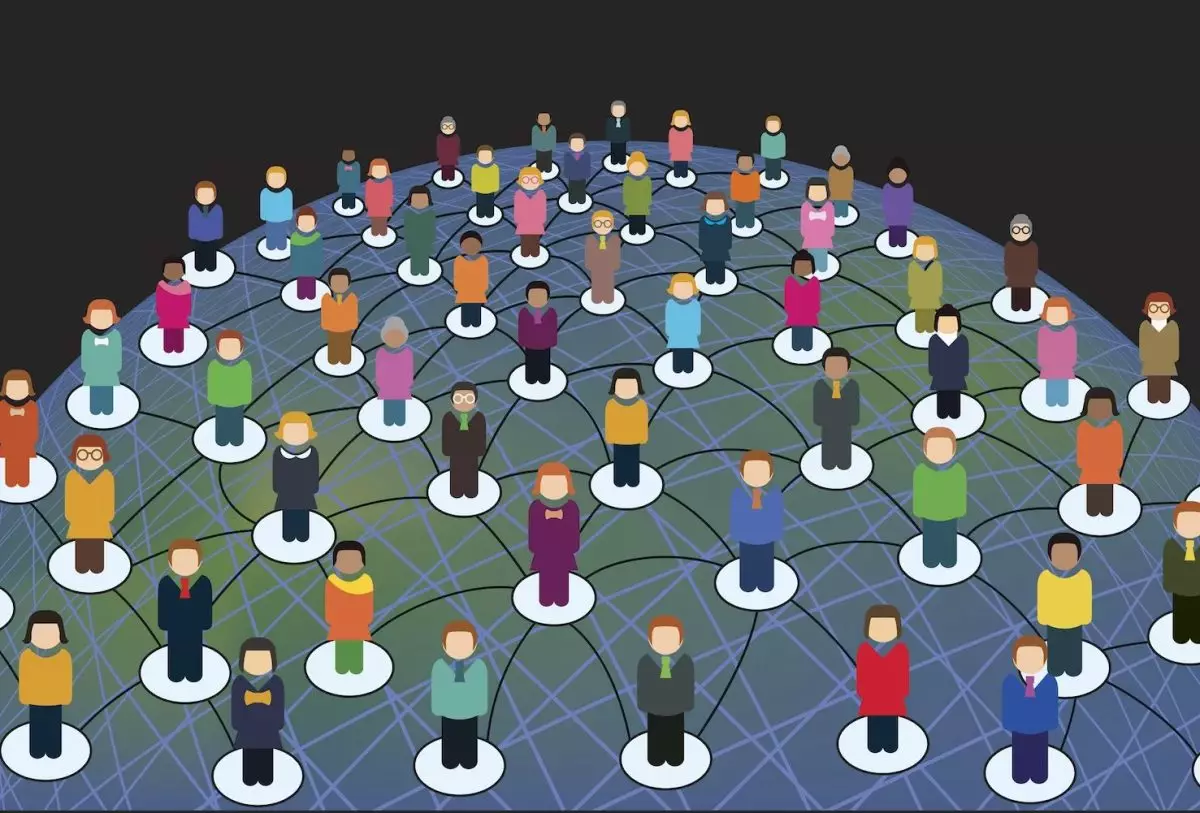Open source software has become a cornerstone of modern technology, embodying ideals of freedom, collaboration, and transparency. The Open Source Initiative (OSI) has been pivotal in establishing a formal definition of what constitutes open source software. While this definition serves as a beacon for developers and users alike, it often raises critical questions when we delve deeper into the practical implications of open source within the tech landscape. This article seeks to explore not merely the legal definitions but also the ethos that surrounds open source, offering a nuanced perspective on its true meaning and potential pitfalls.
When individuals discuss open source, they’re typically referring to more than just the ability to access and modify source code. The culture surrounding open source projects, the governance structures that manage them, and the degree of genuine community engagement all contribute to the open source identity. This implies that a project labeled as open source might still experience limitations, particularly when it is dominated by a single corporate entity. This principle can be illustrated through the widely recognized example of Android, where the Android Open Source Project (AOSP) provides comprehensive access to its code under a permissive license. However, many critics highlight that the operational transparency and community involvement associated with AOSP are severely lacking.
A glaring irony emerges when we consider that although Android is legally open source, its development is primarily controlled by Google, which retains substantial power over the project’s direction and roadmap. This situation raises legitimate concerns about the long-term sustainability of such projects. Open source advocates often argue that real independence is essential for fostering a thriving community of developers and ensuring the project does not collapse under the weight of corporate interests. In a panel discussion, Luis Villa, co-founder of Tidelift, remarked on the dichotomy of well-documented licenses versus the practical challenges that developers face when attempting to contribute or influence the project.
On a practical level, the implications of corporate control can be far-reaching. As highlighted by Peter Zaitsev, founder of Percona, governance structures must ensure that projects are not merely tools for single-company benefit, as these arrangements risk a rapid erosion of the “open” in open source. These complexities become even more pronounced when projects consider changes in licensing to better align with their commercial objectives.
The notion of “vendor-owned open source” is gaining traction as a topic of debate among technologists and activists alike, as many question whether it can exist authentically in its intended form. Dotan Horovits of the Cloud Native Computing Foundation provocatively asked if the concept is inherently contradictory. The idea that a project can be open source while being managed and dictated by a singular corporate vision challenges the very principles upon which open source was founded.
Instances abound in which standalone projects have slowly shifted from their original missions due to the pressures exerted by their corporate sponsors. These tensions are increasingly evident in the realm of AI, as companies like Meta and DeepSeek promote their offerings as open source while imposing restrictions that contest this label’s validity. A fundamental question remains: are these products truly adherent to the values of open source, or do they merely exploit the brand for commercial purposes?
The ethical dilemma surrounding the definition of open source does not only pertain to software; it extends into the rapidly evolving field of artificial intelligence. As AI technologies burgeon, the lines between open and closed systems continue to blur, complicating the understanding and appreciation of open source ideologies. One pertinent example includes the European Union’s AI Act, which features specific provisions for “free and open source” systems. This regulatory context illustrates how the strength of the open source brand may prompt companies to alter their definitions to garner favorable legal positions.
As Emily Omier highlighted, the attempts to redefine “open source” underscore its importance and influence within the tech community. In this context, maintaining the integrity of what open source signifies becomes paramount, not only for developers but also for the future trajectories of innovation and collaboration.
Equally, OSI’s Stefano Maffulli emphasized the necessity of clear definitions to prevent ambiguity. While philosophical considerations surrounding community and collaborative governance are important, they must not overshadow the fundamental legal framework that delineates true open source software.
The complexities of open source demand careful navigation. Understanding the interplay between legal definitions and the ethos of community participation is vital for ensuring the integrity of open source software. As we forge ahead into a future dominated by rapidly evolving technologies, maintaining clear, consistent parameters around what constitutes open source will not only preserve its foundational values but will also encourage meaningful contributions to the tech ecosystem as a whole. The ongoing debates surrounding open source are reflective of its significance and the evolving challenges it faces; thus, these issues are unlikely to diminish any time soon.

